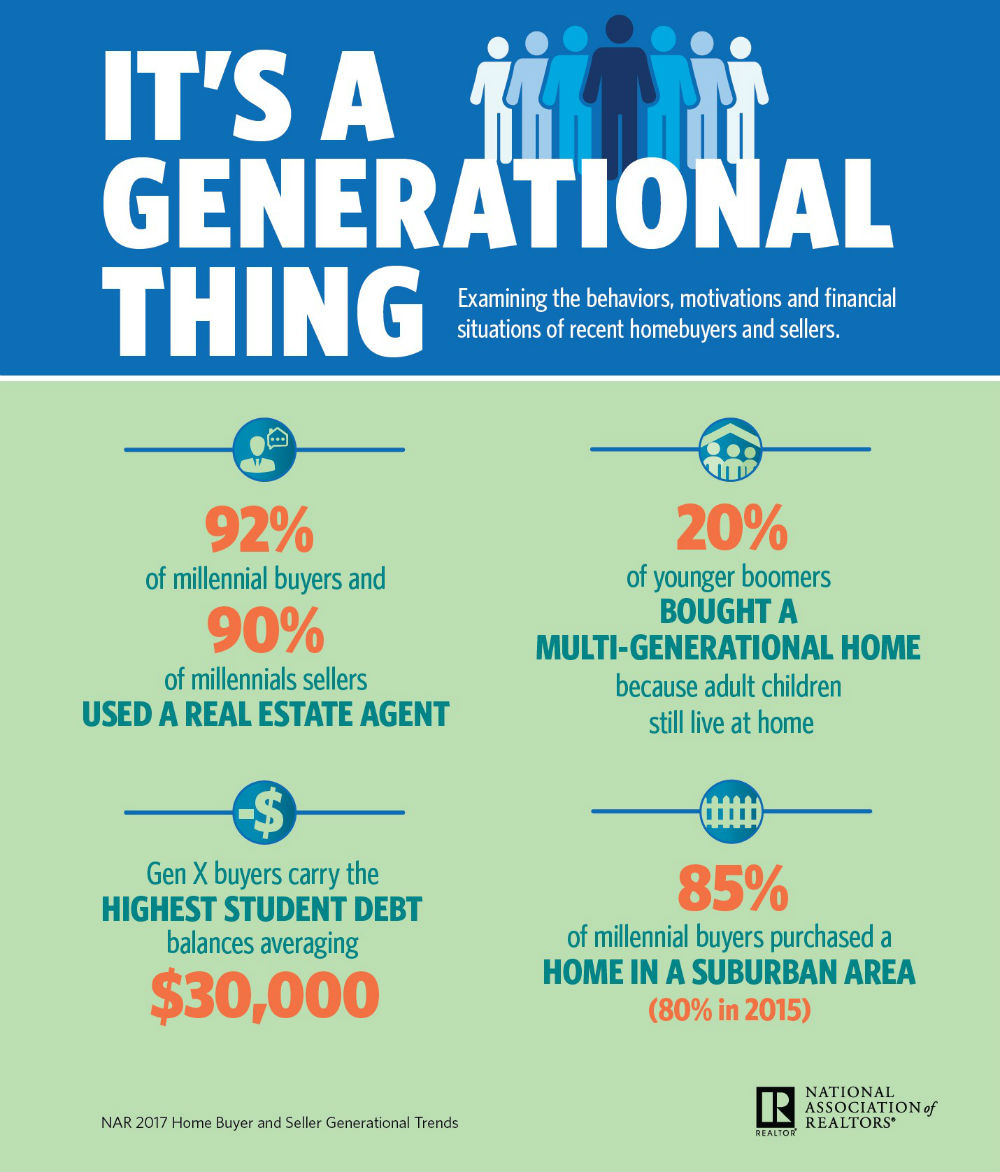Multifamily Spending: Evaluating Cap Rates And Capital
Multifamily Spending: Evaluating Cap Rates And Capital
Blog Article
Suggested Webpage -Arildsen Sunesen
When it involves multifamily investing, recognizing cap prices and capital is a vital part of your technique. You could say that these financial signs are the foundation of your financial investment analysis.
However why are they so crucial? Well, let's simply say that they hold the secret to unlocking the possible success of a multifamily residential property. By assessing cap prices and cash flow, you can obtain valuable understandings right into the residential property's existing and future performance.
So, if you prepare to take your multifamily investments to the following level, allow's study the globe of cap prices and capital analysis.
Importance of Cap Rates in Multifamily Investing
Comprehending the value of cap prices is vital in multifamily investing as it directly impacts the potential capital and profitability of your financial investment building.
Cap rate, short for capitalization price, is a crucial metric utilized to review the value and roi of a multifamily building. It's determined by dividing the web operating income (NOI) by the home's purchase cost.
A higher cap price shows a higher prospective roi, while a reduced cap rate recommends a lower prospective return. By analyzing cap prices, you can examine the risk and earnings of different investment chances.
In addition, cap prices can help you establish the reasonable market value of a property and contrast it to comparable buildings out there. Consequently, understanding and thoroughly taking into consideration the cap price is necessary in making informed financial investment decisions.
Cash Flow Analysis: Trick Metrics and Estimations
To properly evaluate the cash flow capacity of a multifamily investment home, it is very important to evaluate essential metrics and carry out estimations that provide beneficial insights right into its profitability.
One essential statistics to think about is the Net Operating Income (BRAIN), which is the building's potential earnings after deducting operating costs. By deducting the home's annual business expenses from its gross prospective income, you can compute the NOI.
Another important metric is the Cash-on-Cash Return, which measures the annual return on your first financial investment. It's calculated by dividing the building's yearly cash flow by the complete money spent.
Furthermore, the Financial Debt Solution Protection Ratio (DSCR) is crucial in examining the property's ability to cover its financial debt payments. This proportion is established by separating the home's NOI by its yearly financial debt solution.
Variables Impacting Cap Fees and Capital in Multifamily Investments
Factors such as area, market conditions, and building administration considerably influence cap prices and capital in multifamily investments.
Area plays an important role in figuring out the demand for rental buildings and the possible rental income. Buying a multifamily residential property located in a preferable community with facilities and great schools can attract top quality renters and command greater leas. On the other hand, a property situated in a declining or less desirable area might have a hard time to attract lessees, leading to lower tenancy rates and rental income.
Market conditions additionally have a straight impact on cap prices and capital. BAM Capital pimco commercial real estate debt fund as supply and demand, rates of interest, and financial conditions can affect rental prices, openings rates, and residential property values.
Verdict
In the world of multifamily investing, evaluating cap prices and capital is critical. These metrics supply important insights into the profitability and prospective returns of a home.
Similar to a compass guides a vacationer with undiscovered regions, cap prices and cash flow work as directing lights for investors, helping them navigate the complicated landscape of multifamily investments.
By recognizing these aspects and their impact, capitalists can make educated decisions and optimize their financial success in this rewarding market.
